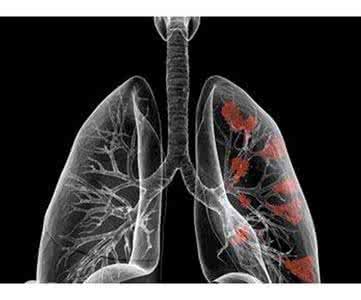How is leukoplakia on child face to return a responsibility
summary
Some children's face often appear white spots, but what we tell you is that not necessarily the symptoms of white spots are vitiligo disease, in clinical practice, the skin lesions formed by vitiligo are often symmetrical distribution, and present the characteristics of zonal distribution, and vitiligo will also be distributed along the human ganglion segment. In most cases, the lesion site of vitiligo is a patch, which rarely presents a punctate situation, and some even widely distributed in the whole body of patients, especially in sporadic vitiligo disease, that is to say, leukoplakia needs to be differentiated from vitiligo in medicine. Now let's share it.
How is leukoplakia on child face to return a responsibility
First: if there are white spots on children's face, it is likely to be nevus, which is often lighter than normal skin, unlike vitiligo, which is slightly white or light pink. Vitiligo disease around the lesion is irregular, and the boundary around the lesion is often easy to distinguish from normal skin.

Second: if the white spot on the child's face is round or oval, and its boundary is not so clear, there are some small scales falling off on the surface of the white spot. In this case, the child's skin may be discolored due to fungal infection, and it may be tinea versicolor. Of course, the child needs to be diagnosed in the hospital.

Third: some people get leprosy leukoplakia, the same will cause skin depigmentation symptoms, and depigmentation of the site will also form leukoplakia, but its edge is often not so obvious with the boundaries of normal skin, in these depigmentation of the site of skin feeling will gradually disappear, need to pay attention to the difference with vitiligo disease.

matters needing attention
In fact, there are many skin problems may lead to white spots on the face, so after this phenomenon occurs, patients should go to the hospital for examination, because this situation is likely to be fungal infection, or bacterial infection leading to skin depigmentation symptoms, not vitiligo.
















